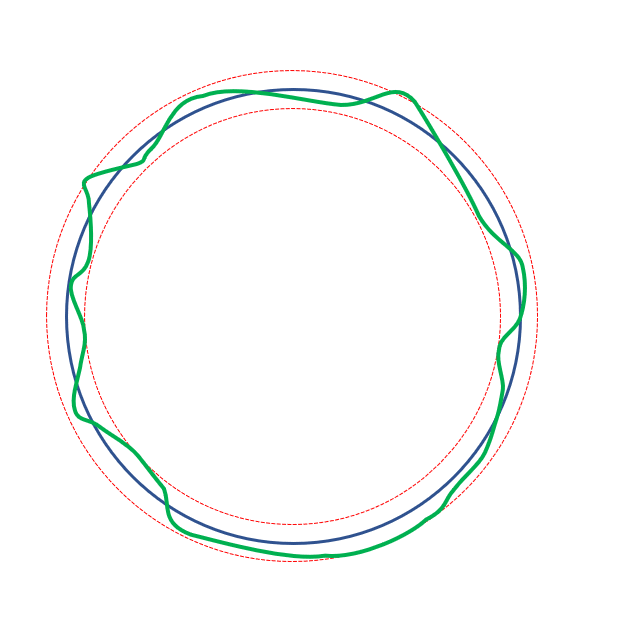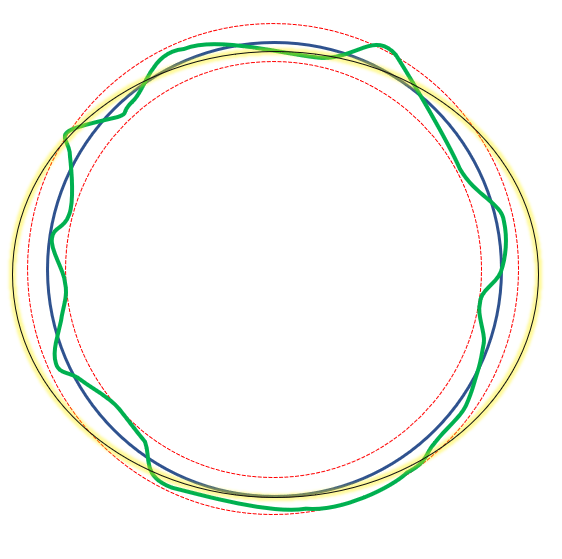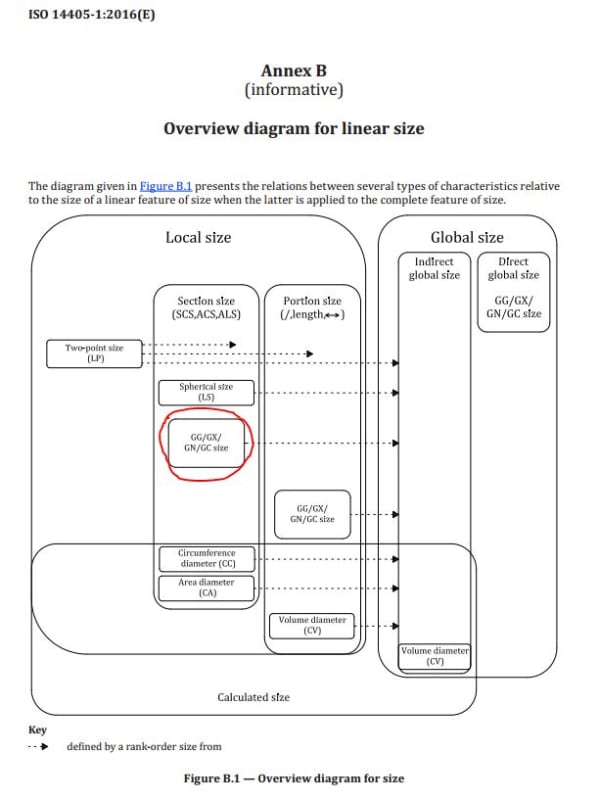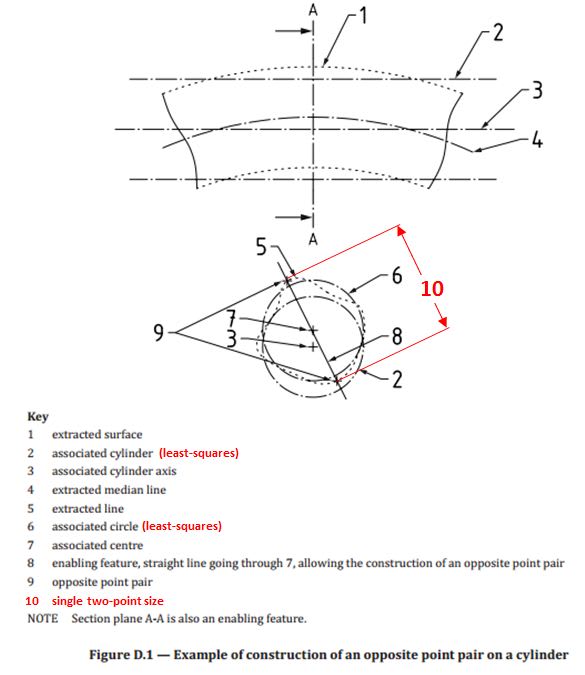Hi
I am trying to understand the tolerance requirement of GG. I have a hole dimension according to the image below.
I need to know following point.
1. Should I add Roundness (0.15) requirement in dimension when i have GG requirement+
2. What GG means in the dimension. Does it refere to the +- toleranse in dimension? I need your experties help to interperate the GG requirement.
Thanks in advance for all help
I am trying to understand the tolerance requirement of GG. I have a hole dimension according to the image below.
I need to know following point.
1. Should I add Roundness (0.15) requirement in dimension when i have GG requirement+
2. What GG means in the dimension. Does it refere to the +- toleranse in dimension? I need your experties help to interperate the GG requirement.
Thanks in advance for all help




